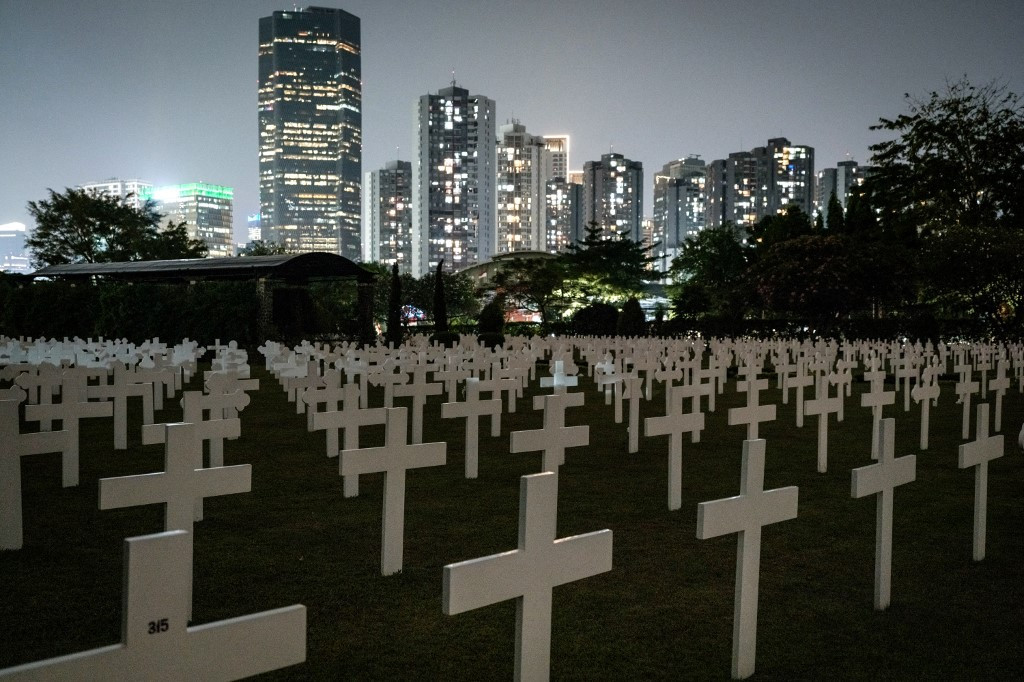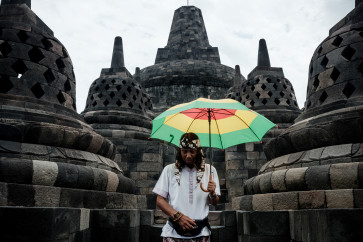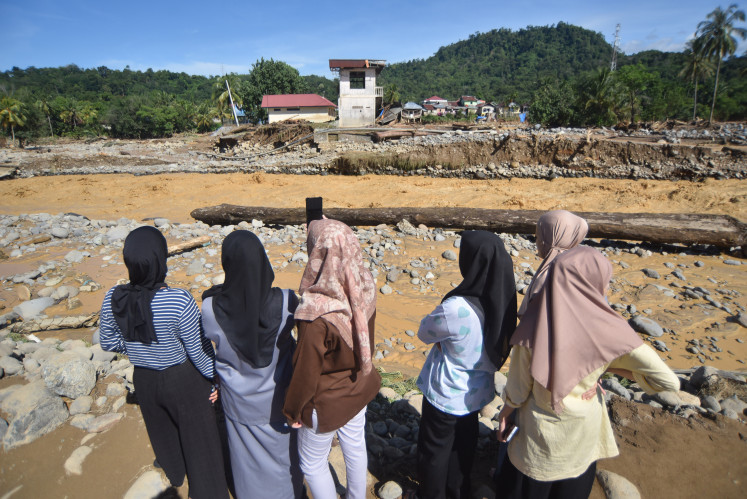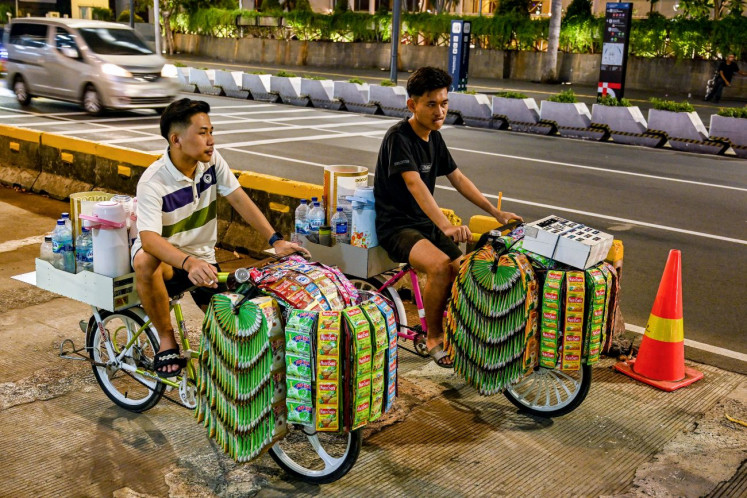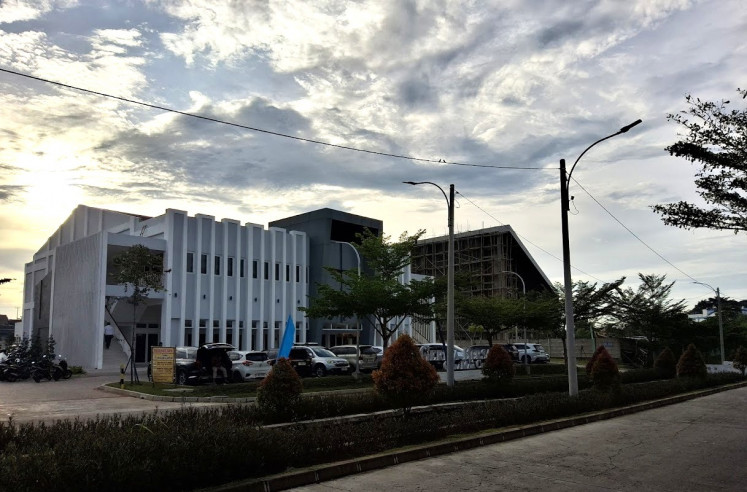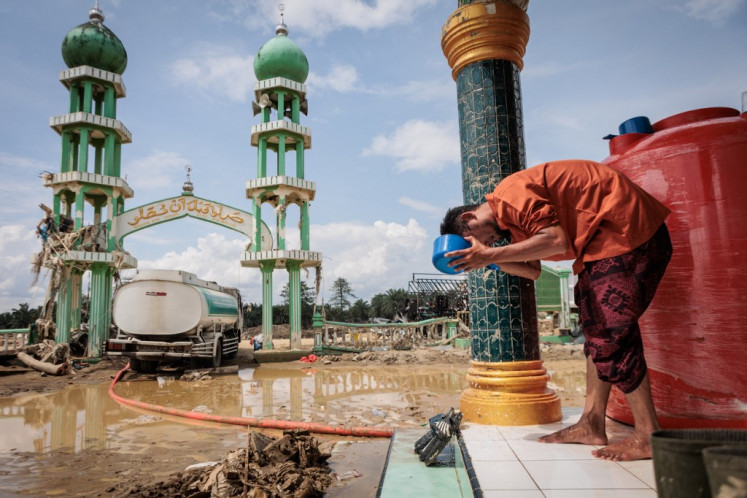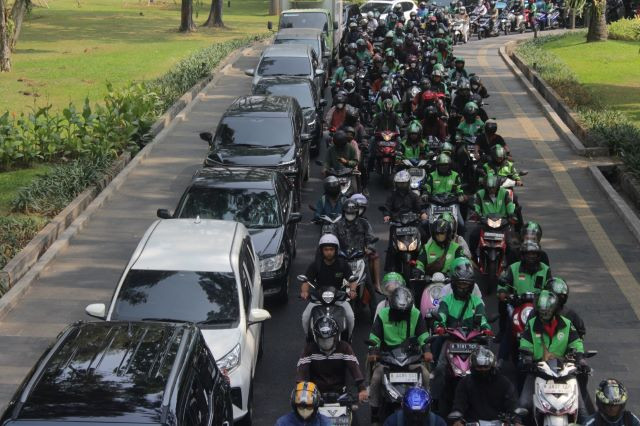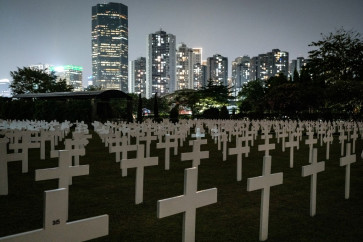Popular Reads
Top Results
Can't find what you're looking for?
View all search resultsPopular Reads
Top Results
Can't find what you're looking for?
View all search resultsUntangling the killing of Brig. Gen. Mallaby in revolutionary Surabaya
In Surabaya, an unknown assassin shot Brig. Gen. Aubertin Mallaby through the open window of his car and for 80 years the mystery has remained: who killed Mallaby?
Change text size
Gift Premium Articles
to Anyone
“British General Murdered in Java,” blazoned London’s Sunday Times headline on Oct. 30, 1945. In Surabaya, an unknown assassin had shot Brig. Gen. Aubertin Mallaby through the open window of his car, and for 80 years the mystery has remained: Who killed Mallaby?
The journalist-on-site who broke the news (later famous for his James Bond novels) was Ian Fleming, a wartime assistant to the director of British Naval Intelligence. Fleming went to the then-Netherlands East Indies after it was handed to the United Kingdom by the United States.
Lord Louis Mountbatten was tasked with evacuating European internees, repatriating the remnant Japanese army and restoring law and order before returning the Indies to the Dutch. “The Dutch are fully conscious that the old days cannot be restored,” commented the Americans, fully aware the Dutch intended to recolonize. Mountbatten realized he had been handed a revolution, only after the death of Mallaby.
When Japanese naval intelligence experts Nishijima and Yoshizumi (under Adm. Maeda) helped Sukarno proclaim independence, they narrowly averted an attempt by the pemuda (revolutionary youth) to exclude Japanese participation. From my interview with Nishijima in Tokyo in 1983, he told me that he and Maeda surrendered to the incoming British but Yoshizumi joined the war of independence, starting a “special forces training group”. He was in Surabaya when Mallaby was killed. Nishijima just went silent when I asked if Yoshizumi was involved in Mallaby’s killing. More evidence has since emerged.
In Semarang, before Surabaya, there was a six-day conflict with a death toll of 2,000 pemuda and 500 Japanese. The pemuda had sought reprisal by stopping a Jakarta-bound train at Cikampek and torturing to death 86 Japanese who were Maeda’s own navy personnel. He reportedly felt like committing suicide upon hearing the news. No doubt the effect on Yoshizumi (in Surabaya) was similarly wrenching when he heard how, and by whom, his compatriots were killed.
Yoshizumi’s pre-war “intelligence forays” to India probably provided an early awareness of Mallaby but he certainly knew of him from the retreat in Burma in 1942, when the Japanese were advancing against Maj. Gen. Mallaby. In 1945, the latter accepted a lower rank of brigadier general to take operational command in Surabaya, his first since Burma. Unfortunately for him, the temporary role taken before his expected return to England led to a more permanent position in Jakarta’s Menteng Pulo war cemetery.
The first Allied presence in Surabaya was not British but Dutch, a month before Mallaby. Capt. Huijer and a handful of Dutch troops representing the Netherlands Indies Colonial Administration were hoping to secure the excellent harbor facilities. When Japanese commander Vice Adm. Yaichiro Shibata surrendered to Huijer at Surabaya, many weapons ended up in the hands of the pemuda. All had a written receipt. In the opinion of Ben Anderson (Java in a Time of Revolution), Huijer’s intervention “precipitated the Surabaya crisis”.

